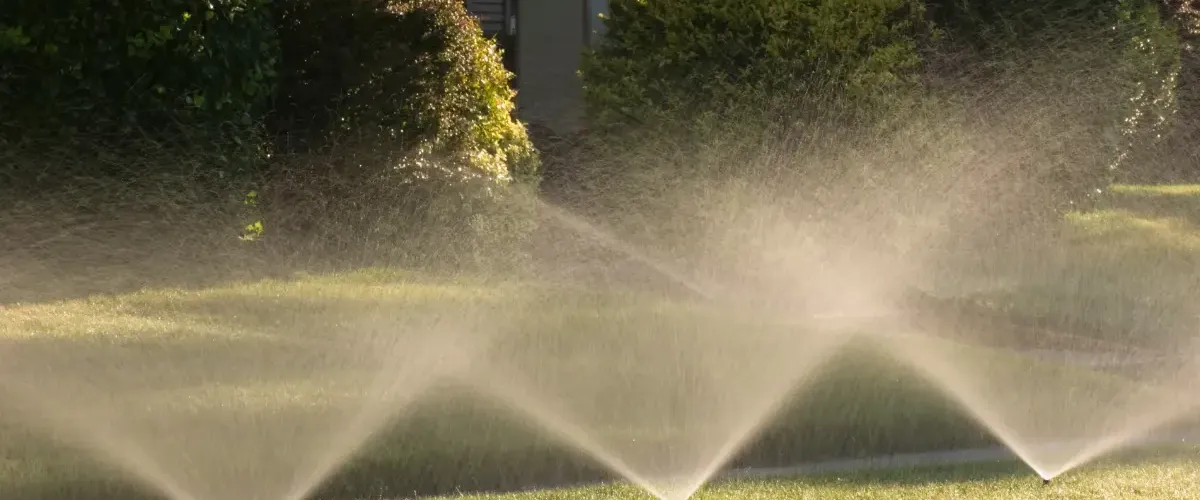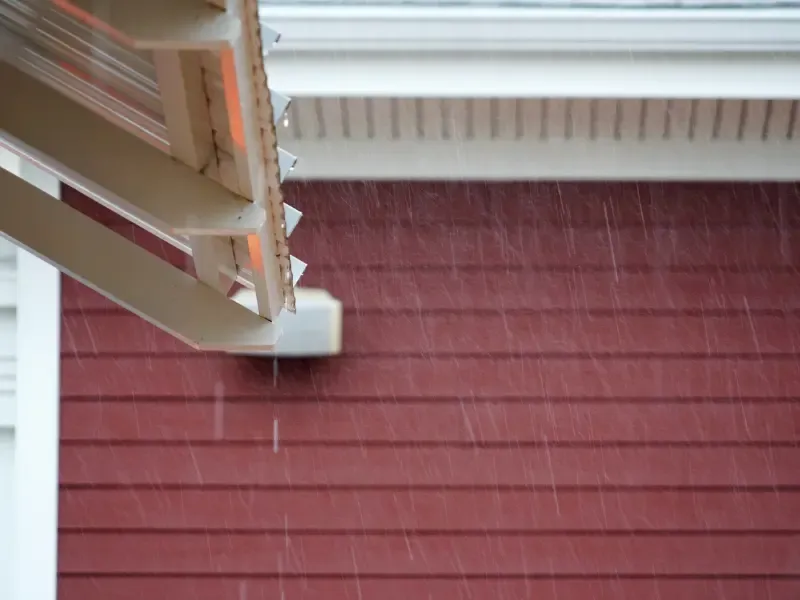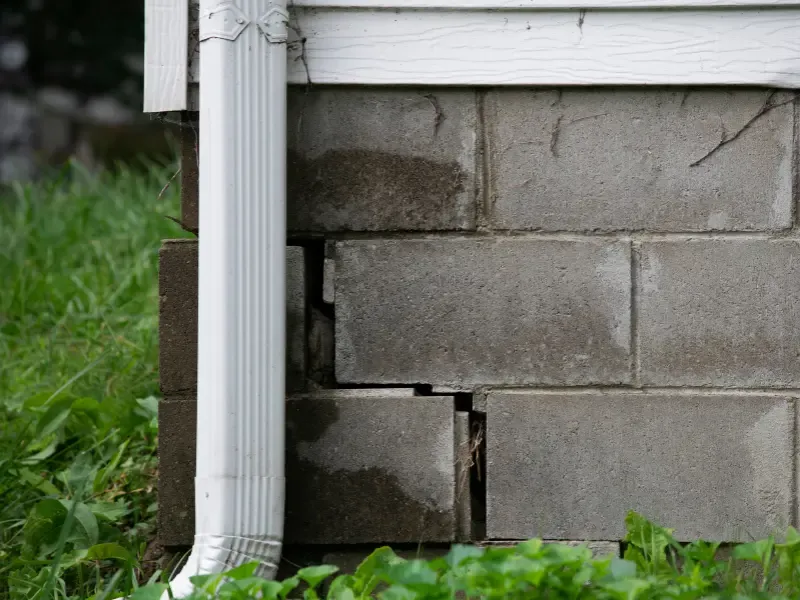Landscape Drainage Solutions
Understanding landscape drainage issues is an essential aspect of homeownership.

Landscape drainage issues are numerous, and they range from evident issues like water pooling in your yard to less conspicuous ones like a consistently damp lawn. The genesis of these issues is often varied and multi-pronged.
Contact us if you see signs of landscape drainage problems. It is important to have the property inspected by a professional to prevent dammage to your property.
One frequent culprit is the incorrect installation of sprinkler systems.
When sprinklers are not set up properly, water distribution around your lawn becomes uneven, leading to oversaturated areas that can significantly damage your lawn and your home’s foundation. Proper installation ensures that water is dispersed evenly, mitigating the risk of creating wet spots that could eventually turn into a larger issue.
Another key factor is improper grading of the property. The grading process is meant to ensure water flows away from your home rather than towards it. When grading is not done correctly, water can accumulate close to your foundation, leading to potential structural damage.
The composition of your soil also plays a pivotal role. Some types of soil, especially clay-rich soils, have poor drainage characteristics and can retain water. Similarly, regions prone to heavy rainfall or snowmelt are more likely to face landscape drainage issues, with excess water increasing the risk of soil saturation and water pooling.
These problems can have far-reaching impacts on your home. Excess moisture due to poor drainage can lead to foundational damage, a consequence of soil expansion and contraction, leading to foundation shifts. Moreover, persistent moisture can degrade the structural integrity of crawl spaces, promoting wood rot and mold growth that pose significant health hazards.
Early detection can circumvent expensive repairs later on.
Look out for persistent wet spots in your yard, especially after rainstorms. These spots could indicate poor drainage, often caused by inadequate grading or malfunctioning sprinklers.
Internally, a persistently damp or musty basement or crawl space could be a red flag. Constant exposure to moisture can instigate the growth of mold and mildew, posing both health risks and potential structural damage.
Keep an eye out for foundation cracks as well. Excessive soil moisture can exert pressure on your home’s foundation, leading to cracks. Similarly, changes in the soil level around your home can also be indicative of a problem. As runoff erodes the soil, it can lead to soil displacement and low spots where water can collect.
Regions such as Tennessee, Arkansas, and Mississippi have unique soil compositions that can exacerbate issues. Understanding these soil types, their properties, and how they impact drainage is vital. These soils’ varying absorption rates, tendencies to compact or erode, and unique mineral compositions significantly affect water drainage.
Ensuring that your sprinkler systems are correctly installed and maintained can prevent water pooling and oversaturation. Incorporating landscape design elements that promote good drainage can also be beneficial. Using permeable materials for paths and patios, and properly placing plants and trees to absorb excess water, can help maintain the balance of moisture in your soil.
In cases where the problems already exist, professional intervention is often necessary. Re-grading the property can help direct water flow away from your home. Drainage systems like French drains, channel drains, or sump pumps can be installed to help manage excess water.
While DIY solutions may seem appealing, they often fall short due to a lack of professional knowledge and skills. Incorrectly executed solutions can exacerbate the issue or create new problems. Furthermore, without the right tools and expertise, homeowners could potentially cause damage to their property, making professional intervention a more reliable and effective solution.

Flooding yard after rain

Heavy rain can lead to poor water drainage

Check for cracks in areas with poor drainage

Ensure sprinklers are correctly installed
Frequently Asked Landscape Drainage Questions
-
What should I do if I notice a drainage problem?
The first step is to consult a professional. American Standard Foundation Repair can conduct a thorough property assessment, identify the problem, and recommend an effective solution. -
How can I prevent future issues?
Regular maintenance of your sprinkler system, mindful landscaping, and periodic inspections can help prevent drainage problems. -
Is there a permanent solution for drainage problems?
While each situation is unique and demands a tailored approach, professional solutions such as the installation of a drainage system or re-grading the property often provide long-term relief.
WITH EXTENSIVE EXPERIENCE AND EXPERTISE, AMERICAN STANDARD FOUNDATION REPAIR IS EQUIPPED TO HANDLE YOUR LANDSCAPE DRAINAGE ISSUE.
We understand the unique challenges presented by varying soil types and landscape layouts and can provide tailored solutions to protect your home from water damage. With this knowledge and assistance from professionals at the American Standard Foundation Repair, you can maintain the health of your landscape and the longevity of your home’s foundation. Contact us today for an estimate.